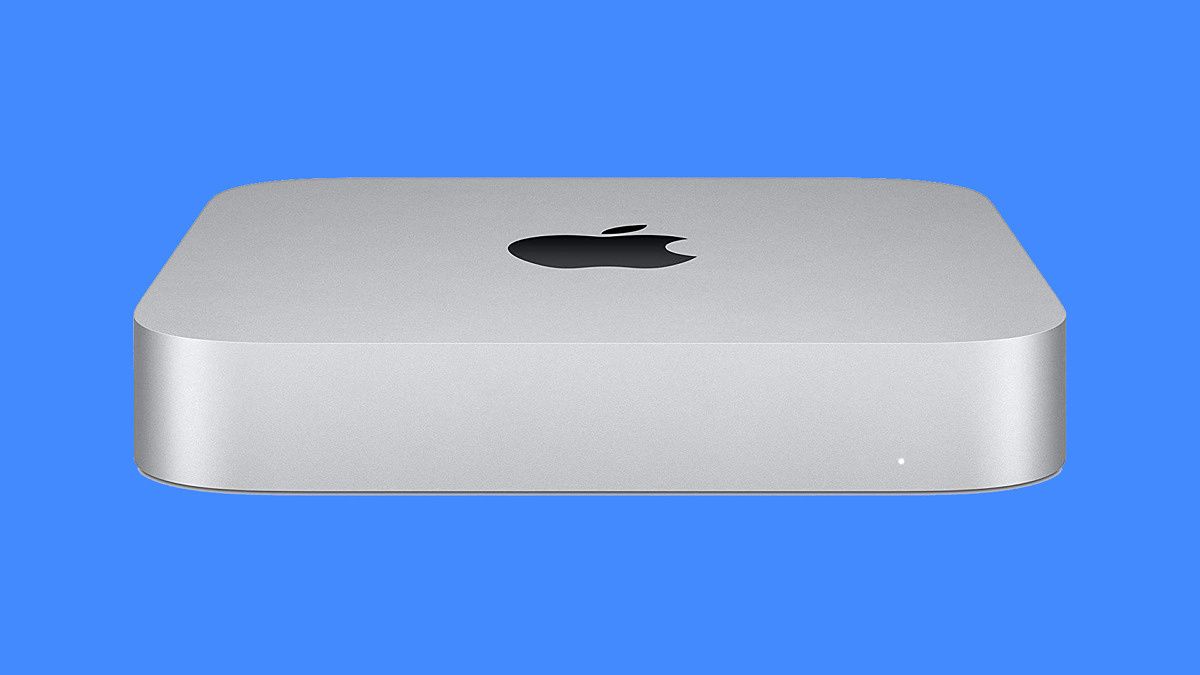We've been hearing about a refreshed Mac Mini model for several months now. Since the reveal of the M1 chip (and its family), Apple has only introduced one Mac Mini model. It's powered by its own Silicon and features the same design of the recently-released models. We've noticed a pattern that the Cupertino tech giant has been following, though. The company has been refreshing the hardware on some Macs after they transition from Intel processors. It first started with the colorful iMac, then the notched MacBook Pro models followed, and rumors point at a redesigned MacBook Air in the near future. So when's the Mac Mini's turn? Apple's Studio Display firmware references an unreleased Mac Mini model. This makes us believe that the company could be finally refreshing this Mac sooner rather than later.
According to a tweet by Steve Troughton-Smith (@stroughtonsmith), the shipping firmware of the Apple Studio Display references an unreleased Mac model. They state "The rumor mill is a little unclear as to what new Macs are imminent; for what it’s worth, there is one concrete clue: the shipping Studio Display firmware references one unaccounted-for mystery machine — a new model generation of Mac mini (“Macmini10,1”). My guess: M2, not M1 Pro." In a reply to the original tweet, they mention "You know what, I’m gonna revise that guess before it gets baked in. Macmini10,x with both M1 Pro and M1 Max."
Apple typically references upcoming hardware when they're close to release. Considering the Studio Display mentions this Mac Mini model, we could be officially seeing it in the near future. It's not uncommon for the Cupertino tech giant to unveil new hardware during its software-focused WWDC. Previous rumors had pointed at a potential Spring release for this Mac, but this model didn't make it through to the Peek Performance event. If WWDC22 skips it, too, we might have to wait until late 2022 to get our hands on this Apple computer.
Do you plan on buying the upcoming Mac Mini model? Why or why not? Let us know in the comments section below.
Source: Steve Troughton-Smith
Via: Apple Insider

